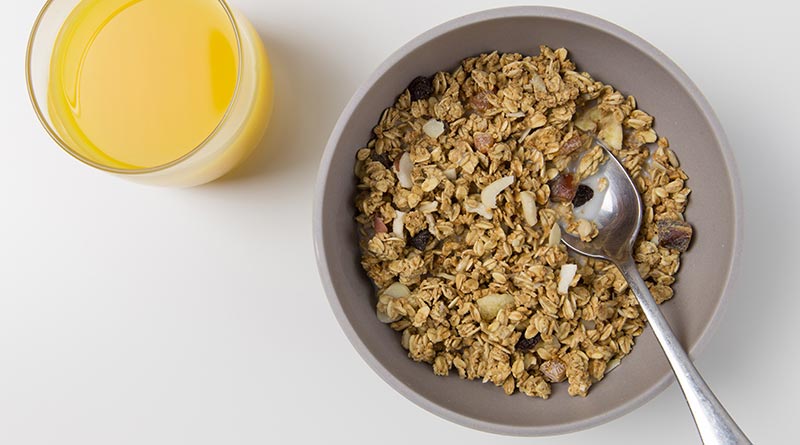Fiber, CVD & inflammation
Background
Thank you for the feedback on last week’s note about avocados and cardiovascular disease (CVD). I sometimes think – surely readers don’t want any more epidemiological papers dissected but there clearly is an appetite (excuse the pun) for them. Such papers are constantly being used to tell us that good foods are bad and vice versa and the feedback suggests that i) people value the quick rebuttal for the challenges we get from others and ii) people find it personally reassuring that they have nothing to worry about in shunning beetroot for beef, for example.
There is also the fact that if we didn’t look at epidemiological papers, we would rule out the main output from academic institutions worldwide. Occasionally a new randomised controlled trial is published, but trials are expensive and large costs can be undertaken with no certainty of output. Plus, one doesn’t want to upset one’s funder and one can’t guarantee the outcome of a trial. Much money and time could be incurred and then the ‘wrong’ result would either not be publishable or it would be published, and future funding would dry up.
Meanwhile, to get an epidemiological (population) paper published, one simply needs to interrogate databases such as the Nurses Health Study and/or the Health Professionals Follow-up study. A researcher will be able to write some computer code to quiz the databases to say “find me a pattern between a lifestyle attribute and an outcome” – or even a marker (blood pressure is a marker, heart attacks are outcomes) – and then you know that you have a result before starting to write the paper. Papers mean funding for universities, which is why some institutions (most notably Harvard) seem to have a production line of epidemiological ‘association’ papers.




